Podcast: Improving government services with GOV.UK step by step navigation
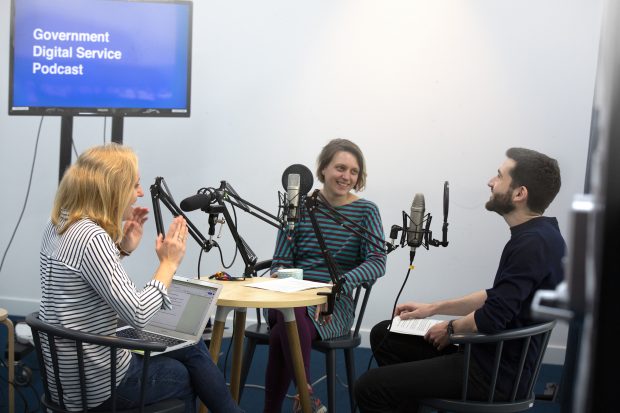
Podcast: Improving government services with GOV.UK step by step navigation
In June’s episode of the GDS Podcast, Kate Ivey-Williams, Service Designer, and Sam Dub, Product Manager, speak about their roles in developing step by step navigation on GOV.UK.
Step by step is a way of breaking down the complex tasks that millions of people use GOV.UK to do, such as getting married or divorced, into clear and complete user journeys. There are more than 40 step by step journeys live on GOV.UK.
In May, the team won a D&AD Award for Service Design. In this episode, Kate and Sam tell GDS Writer, Laura Stevens, about how the navigation was created and iterated and how this work helps enable the transformation and improvement of government services.
You can subscribe to the GDS podcast on Apple Music, Spotify and all other major podcast platforms.
A full transcript of the episode follows:
Laura Stevens:
Hello and welcome to the Government Digital Service podcast. My name is Laura Stevens and I’m a writer here at GDS. Today we’re going to be speaking about the award-winning ‘Step by Step’ navigation on GOV.UK. This is a navigation that breaks down complex tasks into simple steps. The navigation follows you throughout your journey, indicating what to do now and next. It also shows you what previous steps you might have missed. For example, getting a provisional driving licence before booking a driving theory test. To tell me more about this is Kate Ivey-Williams and Sam Dub, so, please, could you introduce yourself and tell me what you do here at GDS, for Kate first?
Kate Ivey-Williams:
Yes, so I am Service Design Lead for GOV.UK. That basically means my work focuses on 2 things. It’s looking at how the platform of GOV.UK helps government to deliver services, but also looking at how the GOV.UK programme, as a group of people, are helping government to improve those services.
Laura Stevens:
Sounds great, and Sam?
Sam Dub:
I’m a product manager working on GOV.UK. For the last couple of years, really, I’ve been focusing on navigation of GOV.UK. That means, really, making things easy to find, but also, with ‘Step by Step’ navigation, making things easier to do. Ways that we can join things up so they make sense for users is a key part of that.
Laura Stevens:
Okay. Your team won a prestigious design award last month. That was from D&AD. How did you feel when you found out about that?
Kate Ivey-Williams:
Really exciting. I think it’s like you spend a lot of time looking inwards at government and having a strong belief that you’re working on the right things and doing things that make sense, but it’s very nice to get recognition from people outside of your world of work, and peers across the industry, that the thing that you’re working on is a good thing and that it feels meaningful beyond just the context that we’re working in.
Sam Dub:
I think one of the things that’s really nice about it is it’s an iteration on GOV.UK. A lot of the work there are like re-launches or rebrands, and this is like a continuation of some of the thinking that’s been around GOV.UK since the beginning. It feels like a kind of validation of a process of iteration, like week by week, month by month, we’ve got to this new place. It’s quite exciting.
Kate Ivey-Williams:
I was a bit unsure, actually, whether we would win an award, because obviously GOV.UK has won 2 awards previously, mostly focused on… They were awards for content design, and I was unsure whether entering this they would just see it like, “GOV… It’s just the same thing.”
Laura Stevens:
You’re just getting all the awards, aren’t you?
Kate Ivey-Williams:
They’re just, “What do you want another award for?” But we entered it in a different category and I think they did understand that we’re trying to achieve slightly different things. Driven by the same principles, we’re now focusing on doing slightly different things and working in slightly different ways than we did 5 years ago, or whenever we won the previous awards.
Sam Dub:
It built on that work. The early achievement, the big achievement of GOV.UK in its first year was just getting everything together in the same place. That’s something that Neil Williams was talking about on… I think it was the first or second episode of the podcast.
Laura Stevens:
Yes, the first podcast; yes.
Sam Dub:
He was leading that work. Just getting all those departmental websites shut down and all that content moved into one place was a huge achievement. Then there was a, kind of, follow-on challenge for that, which was like, “How do we make this stuff findable and usable, and how do we join this content up and these transactions up across departments?”
We’re able to do what we’re doing because of that work that came before us, but it follows in a, kind of, tradition of ideas of, like, joining things up for users, making things easy, like making sure that users don’t have to understand the structure of government in order to find what they need.
Laura Stevens:
This is what I was going to talk about, like how ‘Step by Step’ came about. What was the genesis of it?
Kate Ivey-Williams:
It’s, kind of, the reason that I joined GOV.UK. I was one of the first service designers to join GDS as an organisation. Lou Downe joined first and established service design as a profession within GDS, and then they brought in myself and another person. I joined GOV.UK with the idea that, “Okay, you’re going to be on GOV.UK and you’re going to think about how does GOV.UK do services?”
I’ve been at GDS for about 4 years now, and it took, probably, about a year and a half before we could kick off this work in any meaningful way, because we had to still do quite a lot of technical work on GOV.UK, bringing all the content into one place so that we could do consistent universal navigation across all content. There was quite a lot of technical debt to deal with.
It’s been ticking along and our ideas have been evolving, a year and a half ago, we were able to really kick this work off in earnest and think about how all of those ideas translate into something actual, real.
Sam Dub:
Yes, and it’s such an attractive idea. For me, somebody who didn’t have all that background, coming to it at that point, it was just such an exciting idea – the idea that we could have, like, a single page that would tell you everything you needed to do in order to get something done, something big, and chunky, and meaningful, like learning to drive, or starting a business, or employing someone, these complicated processes. If, as government, we could just create one page that’s well structured and explains exactly what you need to do, that’s such a valuable thing for users, for citizens. That was a really exciting idea to just pick up and run with.
Laura Stevens:
Why did you pick the first one, which was ‘Learning to Drive’?
Kate Ivey-Williams:
There was quite a lot of previous work done in that area. When Lou first joined GDS, they went off to Swansea, and worked a lot with DVLA, and were looking at a lot of the driving services, so we had quite a historical knowledge base in that area and already had quite a good understanding of that journey.
From that respect, it was quite a good one to pick up, because we had stuff we could build on, but it also is a journey that’s quite simple, and linear, and quite easily understood.
Sam Dub:
I think it’s, kind of, exemplifies what this pattern, this design pattern, this new feature on GOV.UK is for, in that inside ’Learning to Drive’ you’ve got a load of guidance. You’ve got stuff like… The ‘Highway Code’ is probably the best-known part of that. You’ve got all these kinds of transactions you need to do with government.
Before you start, you’ve got to get a provisional driving licence. That’s a transaction with government. Then, at some point in that process, you’ve got to do your theory test. You’ve got to take some driving lessons. Then you’ve got to take your practical test.
You’ve got to do those things in the right order, like you can’t take a driving test until you’ve got your provisional licence. So, it was just a really nice kind of model for how we could start organising that content in a simple sequence that made sense to people, to make that easier.
Kate Ivey-Williams:
‘Learn to Drive’ had quite a good mix of things across it that we could start testing the pattern slightly about how it could deal with real processes that a user’s going through, not just the government processes.
Laura Stevens:
I was actually going to talk through the design of that, because it went through quite a few rounds, iterations.
Sam Dub:
Like with most things, we start in identifying a need. We knew that we needed to join up transactions and guidance, because you need both. You need to engage with the guidance, and you need to do these transactions, so we started developing prototypes for how we do that.
As with most things in GDS and GOV.UK, we start with user research. That’s bringing in people who are in the process of learning to drive. We put these early prototypes in front of them and we really asked them just to go through the… To engage with them naturally, as if they were in their own homes, and do the parts of the journey where they were at, at the moment.
That allowed us to evolve a design over… I think it was, in the creation of the original pattern, about 10 rounds of user research. Each time, we were bringing a slightly different prototype, like building on the learnings and insights from the previous round, and really honing this design pattern to a point where users felt comfortable with it. It felt natural, it felt intuitive to them.
Laura Stevens:
You also went up to Neath, as well.
Kate Ivey-Williams:
To the Digital Accessibility Centre. Yes, that was good. We went a whole crew of us. We were, like, the back end, front end: me, the designer; you, the product manager; user research. We all went along and we tested it with, I think, around 10 people who were in the Digital Accessibility Centre who have varying access needs, whether that be cognitive ability or sight, or perhaps it’s… I think one of the people we tested with has ADHD [Attention deficit hyperactivity disorder]. There were quite a lot of different access needs that we tested against, and that was… It was such an interesting day, yes.
Sam Dub:
Yes, we learnt tons from that, and that directly translated into improvements to the designs that make it work better – for everybody, actually.
Laura Stevens:
Now there are 41 ‘Step by Step’ lives. You’ve got quite a range. You’ve got, obviously, the first one, ‘Learning to Drive a Car’, ‘Getting Married’, ‘Getting Divorced’. On a slightly lighter note, you’ve got ‘Reporting Treasure’, as well.
Kate Ivey-Williams:
Yes.
Sam Dub:
Yes.
Kate Ivey-Williams:
My favourite.
Sam Dub:
For the metal detectorists out there, if you find your Anglo-Saxon hoard, unfortunately you have to tell the government about that. You can’t just keep it and so that’s a ‘Step by Step’ process. It’s about, like, we deliberately picked early on these wildly diverse types of processes from, like, something really emotionally taxing and legally complicated, like divorce, and then something like, if you find buried treasure or the cargo of a shipwreck, you have to tell government about that. We were testing to make sure that this pattern could handle all these different kinds of interactions that people have to make with government.
Laura Stevens:
How did you go about creating these step by step?
Kate Ivey-Williams:
We’ve developed a bit of a standardised process now where we’ve now got enough traction with government that in the early days we were going out to departments and saying, “We think your thing would work really well as part of this user journey thing that we’re doing on GOV.UK. You don’t really know what it is yet, but we’d love to give it a go. Can you be our alpha partners?” to a point where we’ve now got enough traction with government that they’re coming to us so we’ve actually got hundreds of ‘Step by Step’ journeys in our backlog that we could build, and now it’s about picking up them, based on prioritisation.
And once we… We have 2 different starting points. Sometimes you have a really tangible idea of what the journey is and who the users are. When you’ve got that idea, you can start building a draft of that journey internally in GOV.UK with our content designers, who are brilliant service designers, actually. They interrogate the content on GOV.UK and start mapping out a draft of this thing.
Then, alongside that, we start working out who are the departments involved? Who do we need to get into a room to go through this journey, validate it, make sure that we are going to be pointing at the right things, in the right order, so that users can do all the things they need to do?
Sometimes you start off with a much more fuzzy service area where you’re not quite sure what journeys should be built in that area, or it’s just it’s a bit complicated. You need to think: how are you going to break that down?
Laura Stevens:
Does that journey happen here at GDS, or would you go out to the departments?
Sam Dub:
It’s generally whatever works for the participants. I think this is, maybe, a thing that, outside government, people are not necessarily so aware of: that, with a journey like employing somebody, that’s how a user sees it in terms of, “Okay, I need to hire someone for my business,” but actually that’s owned. The guidance and the transactions are owned by 5 different departments that could be in 5 different offices, in 5 different parts of the country.
What’s exciting is getting all those people in a room together and going, “Actually, collectively, as government, we own this thing. We own the journey. You don’t just own your little bit. We all, together, can make the journey of employing someone really simple, quick, seamless.” It’s really exciting getting those people in the room. People are generally really up for that, like they’re enthusiastic about making the whole thing better.
Kate Ivey-Williams:
More often than not, as well, these workshops, it’s the first time that these people have ever met or thought about how their things join up. That’s really one of the key reasons why this ‘Step by Step’ stuff exists. It’s not just about creating a good experience for users who are trying to do things with government. It’s like 20% that, but it’s like 80% getting government to understand their services, and know who else in government they need to collaborate with when they’re thinking about improving those services, and getting them to take ownership of that as a joined-up, cross-departmental group of people.
Sam Dub:
That’s what we really hope happens with this stuff, is that when we’re just getting started in terms of, like, we’re at 41 at the moment, there are hundreds of these kinds of services that the government provides.
Kate Ivey-Williams:
So many – so many.
Sam Dub:
We’ve got a lot of work to do.
Laura Stevens:
You’ve been busy.
Sam Sub:
But then once, even for … So, the 40 that we’ve mapped out – and you can go see them on GOV.UK – they’re also just the beginning. Those things are 7 or 8 step processes. It’s really great to have a group of people come together and, maybe, have a think about: “Okay, now we’ve mapped it out and seen it all in one place, actually that’s quite complicated,” like, “This, maybe, doesn’t need to be an 8 step process. Maybe we have a policy goal which is reducing this down to 3 steps.” That as, like, Step By Steps’ as an enabler of, like, transformation and improvement of services is one of our goals for this work.
Kate Ivey Williams:
It’s journey mapping, basically, which is like… As a service designer, that’s our bread and butter, is doing journey mapping, because that’s how you understand how everything works and what’s going wrong, but it’s translating that into something that’s, kind of, shiny and people want it.
Laura Stevens:
There have been some really good outcomes, I’ve got some figures, like since launch it’s been used by 10.5 million people. Is that still correct?
Kate Ivey-Williams:
Yes, possibly more because I think that’s the numbers for the overview pages, which are… Within every ‘Step by Step’ journey you’ve got, like, the overview page, which is the journey on one page, but then every page within that end-to-end service will also have the ‘Step by Step’ navigation on. Actually, there are more people using the navigation on the content and transaction pages than they are using the overview pages, so yes.
Sam Dub:
Yes, that’s one of the key insights that are shaping GOV.UK, is the fact that users generally start from search, and they land deep in GOV.UK on content, or they might only think about the process in terms of a transaction. They might think about driving in terms of: “Okay, I’ve got to take a test.” Actually, there’s a load of stuff you need to do before you get to there. It’s about helping users, when they arrive on a piece of content, to go, “Actually, this is part of a 5 step process. Maybe I need to hop back a few steps, do a little bit first, and then I can do this bit.”
We’re making it clear on the site. You’ll see it looks like a kind of underground map on the right-hand side of webpages. It’s a beautiful, responsive design, so it looks good on mobile, too. It’ll show you exactly, using this kind of underground line metaphor, exactly where you are in that process.
We’ve seen that in the lab, users telling us, like, “This is really useful. This makes this process seem manageable,” for some things that often don’t, things that people often need, maybe get professional help or have to call and have to get a lawyer to come and help them do it because it feels so vast and unmanageable. Just by breaking it down and saying, “This is what you need to do now. This is what you need to do next,” really, really helps people.
Laura Stevens:
How do you know that people are reading the content and making use of it?
Sam Dub:
I think we start with user research, but then we start looking for data at [site] scale [when we] start publishing things on GOV.UK. One of the things that we developed alongside the ‘Step by Step’ navigation is this new component. You’ll see it at the bottom of every single page on GOV.UK. It’s just got one very short question in a little blue bar at the bottom of the page, and it just says, ‘Is this useful, yes or no?’. It’s a kind of live usefulness vote that we’ve got running on every page of the site.
This is a common technique across the web. We didn’t invent this, but it gives you a very useful starting metric for what’s working for users and what’s not. It’ll often flag an issue that you then might want to take into a user research lab and look at more in detail: “Actually, what’s going wrong here?” But one of the first signs we had that we were like, “Really on the right track here,” is that the usefulness scores for the new ‘Step by Step’ journeys that we published – the first [set of] ‘Step by Step’ journeys – were way higher than some of the things that they were replacing, and equivalent formats.
We had, like 80%, 90% usefulness scores, which were great news for us. I think the no prompt, if you say, ‘No, this page isn’t useful,’ you’re prompted to give us a bit of feedback. If one of the ‘Step by Steps’ isn’t working for you, there is this mechanism for people to say, “Actually, this is why. This is the bit you’ve… You’ve missed this bit,” or, “I’m in this circumstance and this doesn’t work for me.” It’s a way of us getting feedback at scale from users, and that’s always where we’re focused. We’re always watching the live performance data of what we’re doing, to make sure that it’s right for the circumstance, that it’s right for where we’ve applied it.
Kate Ivey-Williams:
We know it helps people because we’ve seen, for example, the ‘Applying for tax-free childcare’, once we introduce the ‘Step by Step’ – well, the hypothesis before we built the ‘Step by Step’ was that people were not checking whether it was right for them, or they weren’t checking their eligibility before jumping into the transaction itself to apply. They were using the application process as a bit of an eligibility checker, which is not what it’s built for.
Because of that, a lot of people were dropping out, or failing, or applying for the wrong thing. After introducing the ‘Step by Step’ navigation, in the analytics we saw more people who were hitting the transaction page but then jumping back to the eligibility guidance, and then coming back to the transaction and going through it successfully because they were going through with confidence that this was the right thing for them. Fewer people were applying for it incorrectly.
Sam Dub:
That – those kind improvements, getting people just, like, not jumping into transactions that are wrong for them, filling in the right form – is like, one, it saves users tons of time, and primarily that’s what we care about. The secondary impact of that is that also, in turn, saves government loads of money, like having to deal with forms that aren’t filled in right, or calls to call centres because someone doesn’t understand how stuff [has been]… How a service works. That also costs government money, and civil servants time. So, by making things better for users, it has this benefit of saving government time and money, as well, which is really nice.
Kate Ivey-Williams:
I’m nodding.
Laura Stevens:
Can you give me a step by step to making a ‘Step by Step’?
Sam Dub:
There’s a serious one. As a family, we’ve been talking a lot about lasting power of attorney, and everyone in my family is healthy and good, but my parents are in their late 60s and it’s a sensible thing for people to start talking about and planning ahead.
So, within, like, family WhatsApp groups and email, people are just pinging around links to GOV.UK guidance, going, ‘Have a look at this. Is this like…?’ Because there’s a different role for the person who is making the lasting power of attorney, and the people who will, essentially, have an obligation to look after that person if something was to happen to their health.
We’re pinging around guidance, discussing this, and I’m sitting there going, “We should totally do this,” like, “There’s a user need here.” This is complicated. There are decisions being taken. It’s a thing that some people go and seek legal advice about.
Whilst, as a product manager, I wouldn’t abuse my position to get stuff made that’s helpful to me, there’s an indication that there might be a need there. That’s something that we could do the research to actually see if there really was something there, but I’d love to see that happen.
Laura Stevens:
How would you go about doing that if you wanted to create that particular one?
Sam Dub:
In that case, you would look at the parts of the service and the guidance that exists around it. Then you get someone like Kate to come and run this, these workshops that we’ve now got pretty practised at, but Kate can probably tell you what happens.
Kate Ivey-Williams:
Yes, less me and more the content designers, because they are experts in knowing what’s on GOV.UK and how it all fits together. They’re really good. Content design is basically about explaining government services in a really clear way so that people understand them.
And I think we’ve now got to a point where we’ve got the right balance where we’re taking something in that helps them share their knowledge and helps us to get moving quickly so that we can give them something back quickly that is the results of their collaboration.
Sam Dub:
Invariably, something does emerge that’s new and that is a new way of framing something. That is something that no one department could have done on their own.
Kate Ivey-Williams:
Exactly.
Sam Dub:
We certainly couldn’t have come, arrived with that up our sleeve and said, like, “This is how it’s going to be structured.” It’s a genuine collaborative process where the input of the expertise in the departments about the different parts of those journeys come together to create this thing that is, hopefully, framed in a way that makes sense to users and is how they think about it, rather than how government thinks about that problem.
Laura Stevens:
Yes, I was going to touch on that, how you’re making government think about itself as a place that delivers services. It sounds like, [with all] this collaboration, that’s been a key outcome from this.
Kate Ivey-Williams:
There are a lot going on across government to help them think about things in a slightly different way, to help them think about themselves as service providers. Like, the new service standard is really strong on that, and about getting government to think about services and whole problems, and tackling those collaboratively, but I think ‘Step by Step’ is one of the really tangible tools that enables departments to start work on that. It’s the first step on the road, I think, yes.
Laura Stevens:
And I should probably also finish the Step by Step. Once the workshop has been done, what’s the next stage with your service here?
Kate Ivey-Williams:
Usually, if we’re going into that workshop with a fairly good idea of the journey and we have that very draft-y thing in the publishing tool, as the conversations are going on with the departments that’s been facilitated by someone from our team, someone else in our team is sitting in the background, updating the draft of that thing in the publishing tool.
So, by the end of the workshop we can show them the tangible output, a sort of first-draft example of what they’ve been discussing, with the caveat that we need to take that away and do a bit more massaging of the content.
Then the thing gets “2i” internally. That’s a jargon-y term for it gets reviewed by another content designer within GOV.UK. Then we send it out for fact-check with departments. This follows our standard mainstream guidance fact-check process, where it goes to the subject-matter experts within departments, who then say, “Yes, that is factually correct. Go ahead and sign it off.” Or they give us feedback about, “Actually, you’ve misunderstood something there.”
Sam Dub:
I always enjoy when it goes to the lawyers. That’s when you know it’s like… That’s when you know you’re changing stuff, because the lawyers are there to make sure that, in the way that we’re presenting this in a simple way, we aren’t straying from what’s legally correct, and we aren’t misleading people, but we are… Presenting some of these complicated legal processes as a simple one-pager does mean it needs to get read and fact-checked by a lawyer in the process. There is often this wide range of expertise that we need to consult, and people who, in the process of reframing this stuff, we’ve had to consult, but everything’s gone live. At every point, we’ve reached a consensus. When everyone sees it at the end, they go, “Oh,” like, “That’s better.”
Kate Ivey-Williams:
Yes.
Laura Stevens:
Does it go back to that point of, exposing those…? Perhaps the policy challenges that this is what part of the process is.
Kate Ivey-Williams:
Yes. I think sometimes a confusing and complex policy is hidden in guidance that is spread across GOV.UK. When you extract it and expose it in this really simplified view of that thing, you actually realise the policy is complicated or the thing doesn’t make sense, because the policy is complicated.
Hopefully, that is… Showing them that is the start of a process of thinking: “How can we simplify this, because this is confusing users and this is making work for us, as government, it’s making work for them to try and understand something which should just be simple.”
Sam Dub:
That was really one of the early learnings of this, was that we needed to get the policymakers in the room for those workshops, because often there can be a process where our content designers do a bunch of work and then they pass it over to policy people. Some context is lost there. If you’ve got the policymakers in the room from the start, that’s another kind of collaboration. It’s different departments and it’s different disciplines being there to inform the process.
Laura Stevens:
These ‘Step by Steps’ have also been very helpful to the voice assistant work, as well, haven’t they?
Sam Dub:
Yes. This is part of a broader strategy. We sometimes talk about GOV.UK now… Or trying to make GOV.UK understandable to humans and understandable to machines. I sometimes wonder, when we say that, what people are imagining, like some kind of robot overlords.
Kate Ivey-Williams:
Exactly.
Laura Stevens:
Our new user.
Sam Dub:
To be clear, to clear this up on the GDS podcast, not for the robot overlords, one example of what we mean by that is so that our content is understandable to search engines. If you do a search for becoming a driving instructor or learning to drive a car, from a search engine on mobile – actually, this is something that’s gone live in the last month – they’re able to see the… The search engine is able to look at the structure of our content.
You get, like, this little carousel of steps that appears that you can swipe through. You can jump to: “I’m at step 3 of ‘Learning to Drive’,” like, “I’ve got my provisional licence, so now I’m studying for my test, so I can jump to that.” That’s powered by some mark-up that we’ve added to our ‘Step by Steps’ that makes them easier for machines to read. It’s the same mark-up that powers search that can also power voice assistance, so you can query those ‘Step by Steps’ – or the content within those ‘Step by Steps’ – in the same way.
Laura Stevens:
I’ve also seen a figure floating round that there are, like, 400 services you want to do this to. Is that how many, or is it literally just-?
Kate Ivey-Williams:
That’s that finger in the air. I think that’s based off of the amount of mainstream guidance we have, which is it covers the really major, far-reaching government services, but, because ‘Step by Step’ navigation can work across all content on GOV.UK, it means that even beyond those 400, if there are departments who are sitting in some really niche area of government, they can still start using this pattern for something that [might]… Maybe it only has 200 users a year, but they can still start thinking about it and piecing their journey together in the depths of Whitehall content, as well. There’s potentially way more than 400, but that covers some of the really key services that we know we would like to build.
Laura Stevens:
What sort of journeys are definitely not ‘Step by Steps’? Like, when you’re thinking, if you’re listening and you’re working on a service, what would be not suitable?
Sam Dub:
This is a crude indicator of it, it’s generally stuff you need to do in more than one sitting, like you can’t learn to drive or get married in one web session. It’s going to take a bit longer.
Kate Ivey-Williams:
One day. I think you can in Estonia, probably.
Sam Dub:
It will generally be something where you’ve got to read a bit of GOV.UK, go and do a thing in the real world, come back, and then read or do something else. That’s a, kind of, gut-feel indicator of when some navigation that’s going to help people join up those activities is going to help.
Kate Ivey-Williams:
When I think about the ‘Step by Steps’ I want to build, one of the ones I really wanted to do was what to do when someone dies, because it is these high-emotion, really difficult times of life when the last thing you want to be doing is thinking about government admin. I know they’re a bit depressing, but that’s what motivates me, is to take the pressure off people at those horrible times and make life a little bit easier.
I think other ‘Step by Steps’ I would love to build would be, like, helping people who are out of work, and tying together all the services and the suite of things in that space that could support them in that time of life, or other things like that. That’s where we can add, I think, the most value.
Sam Dub:
It’s those moments in life where you really value somebody saying, like, “You just do this, do this, do this, and you’ll be fine.” Yes, that’s what motivates us, I think.
Kate Ivey-Williams:
Totally, yes.
Laura Stevens:
Not adding unnecessary stress or pressure on a highly emotional situation.
Kate Ivey-Williams:
Yes. Who wants to think about government when you’ve got all that other stuff on your plate? No-one.
I think it’s about making government much more invisible. Ultimately, people don’t want to think about that. They want to get on with their lives.
Laura Stevens:
“Thank you” to Kate, and, “Thank you” to Sam today. You can listen to all the episodes of the Government Digital Service podcast on Apple Music, Spotify, and all other major podcast platforms, and you can read the transcripts on Podbean. Thank you very much again.
Sam Dub:
Thank you.
Kate Ivey-Williams:
Thanks for having us.



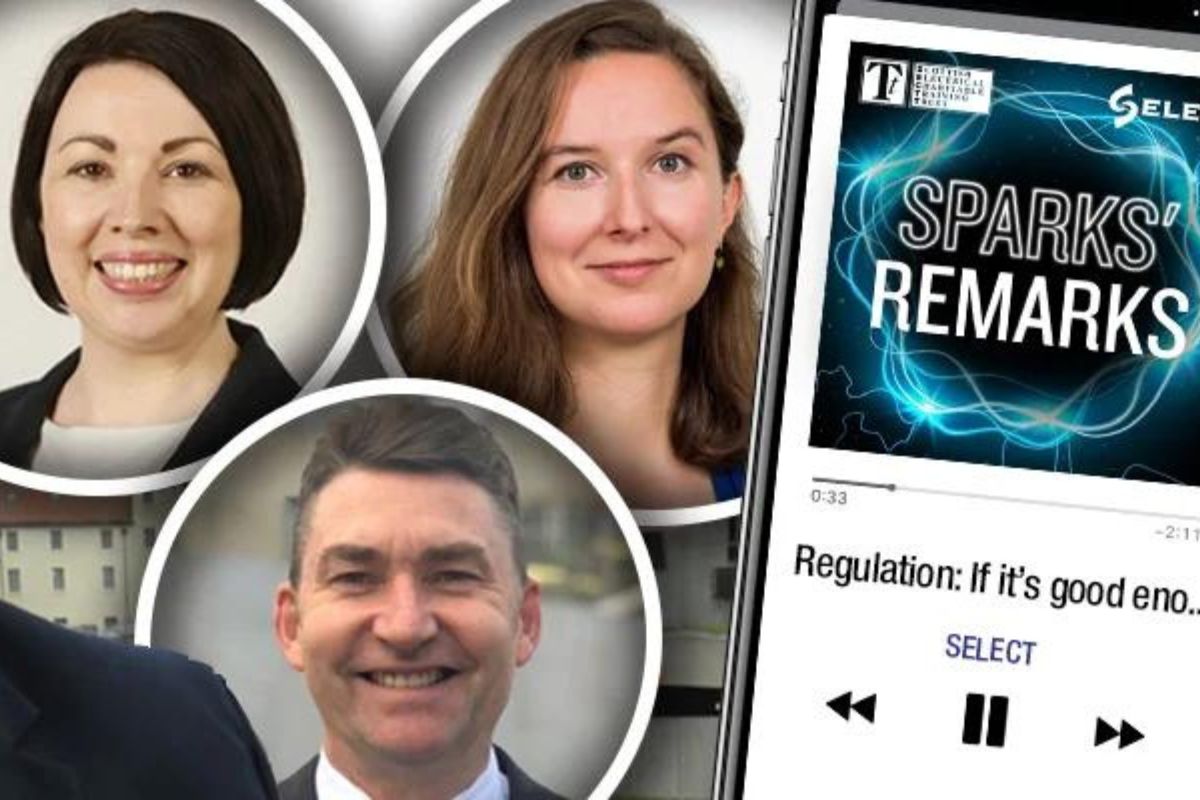
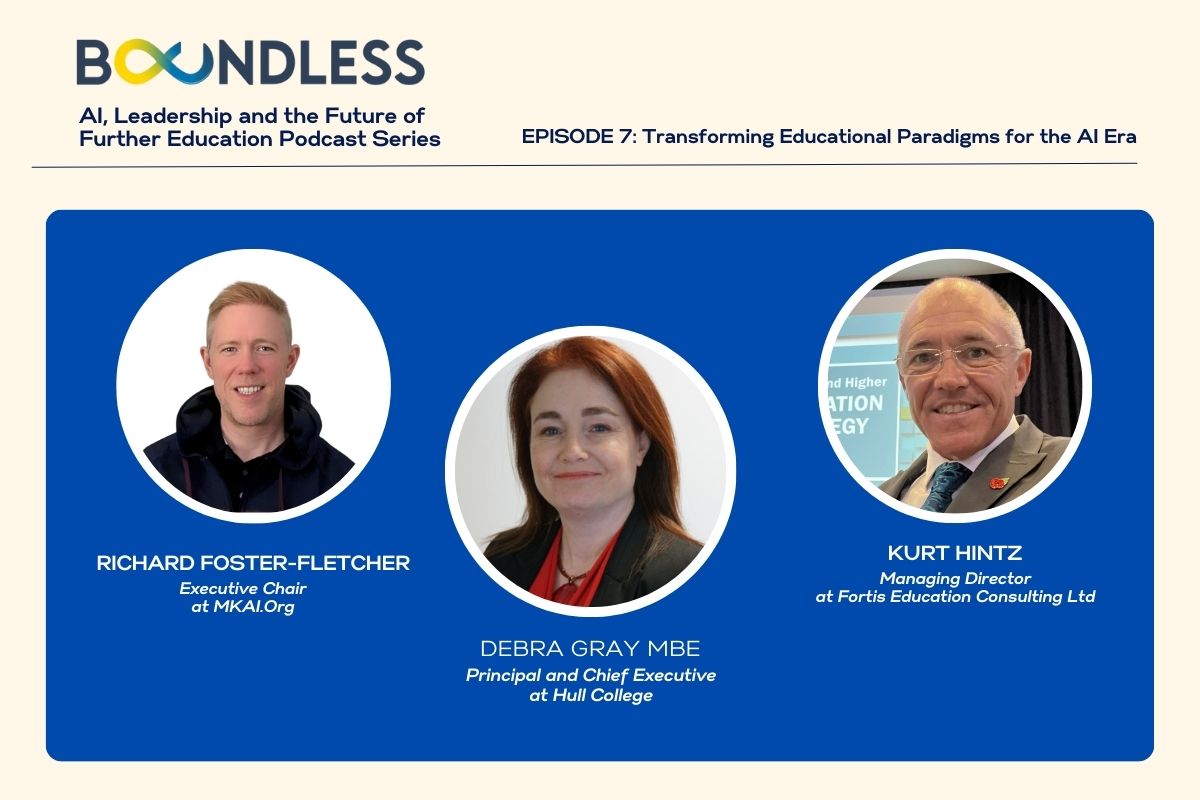
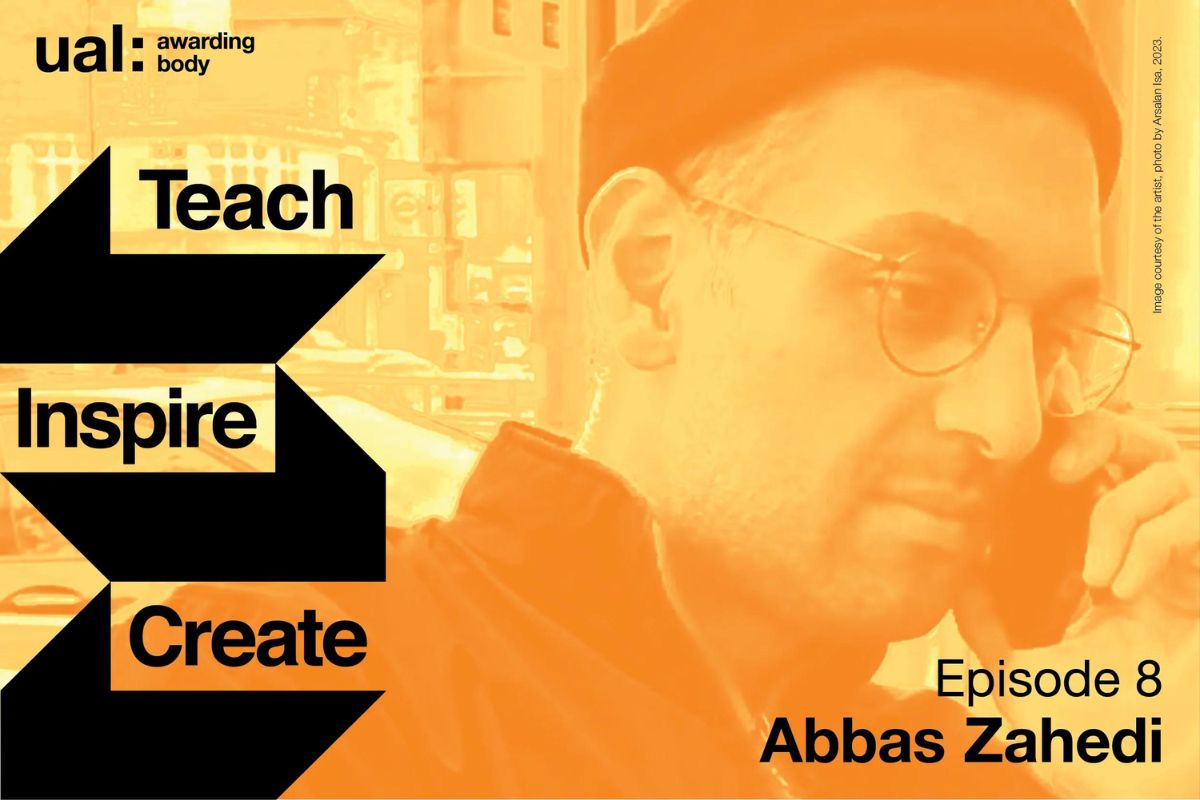
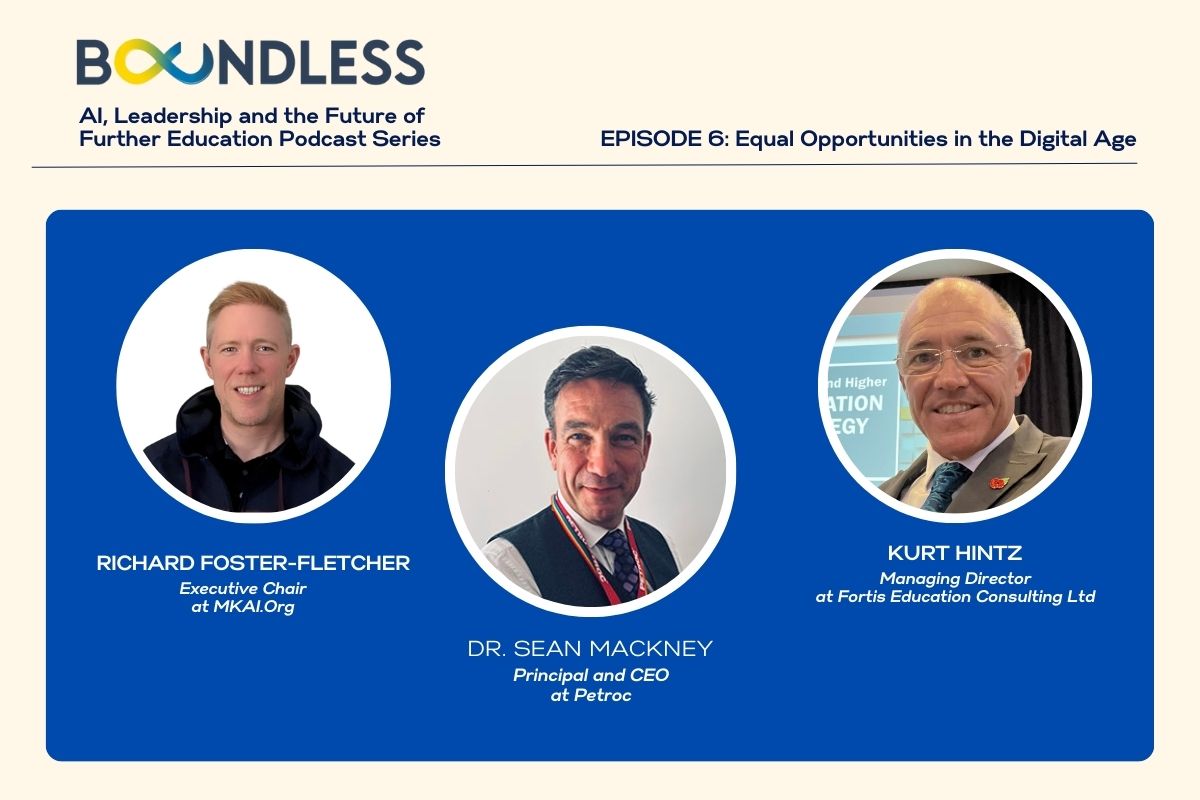
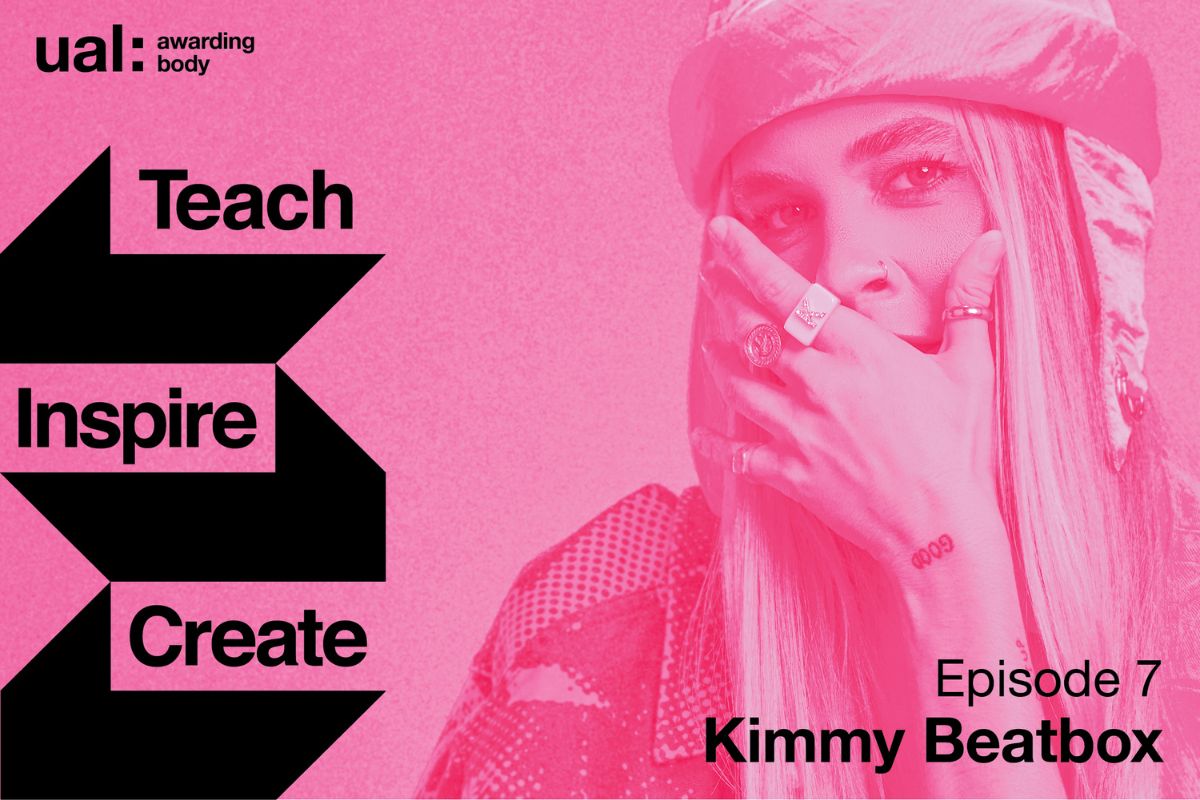

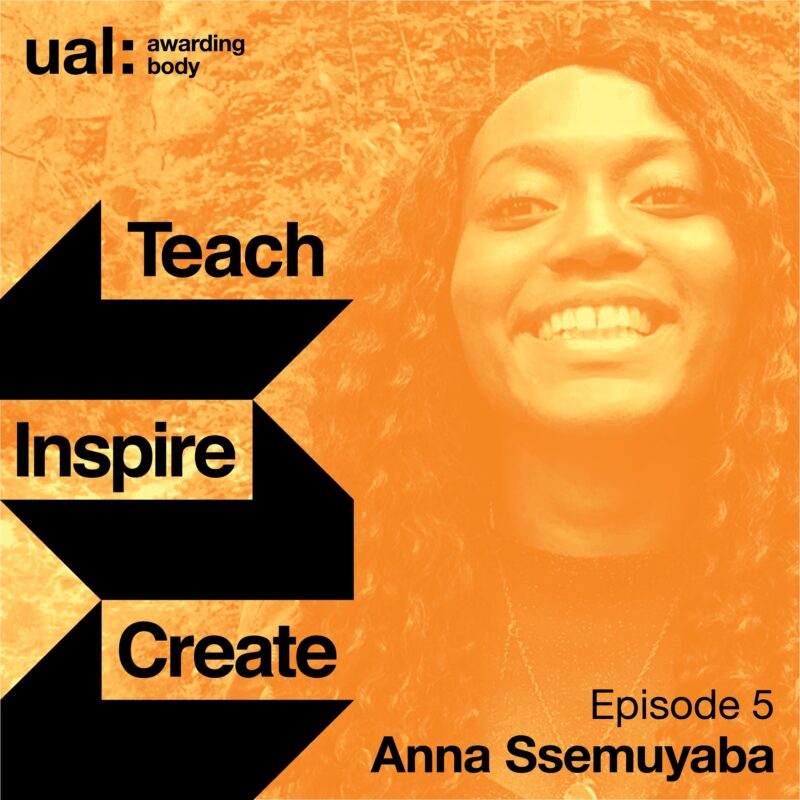
Responses